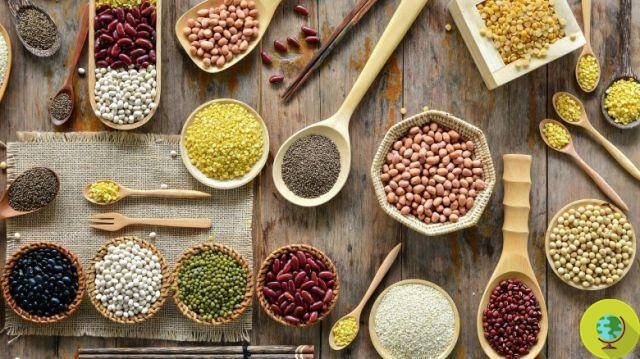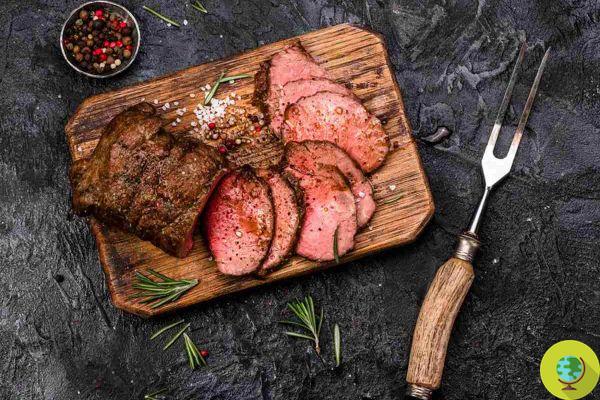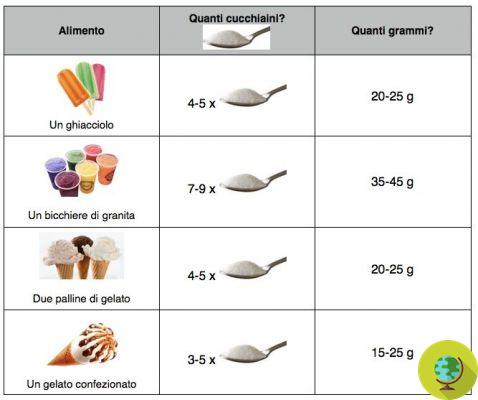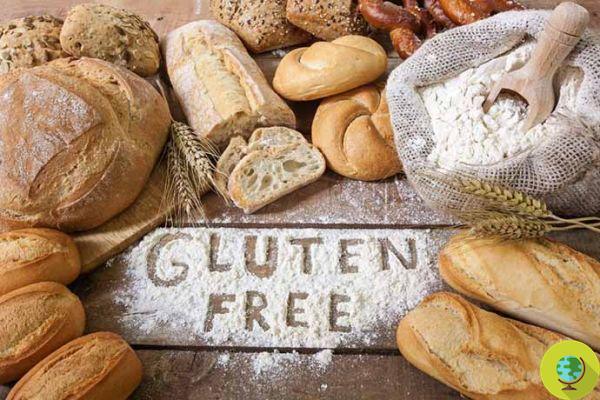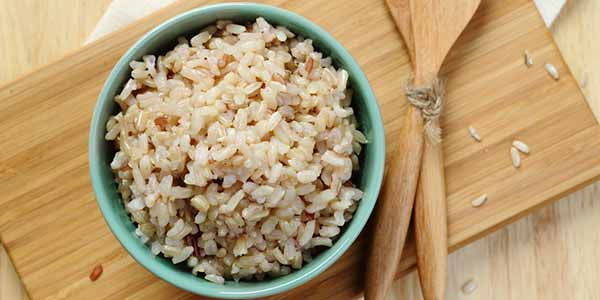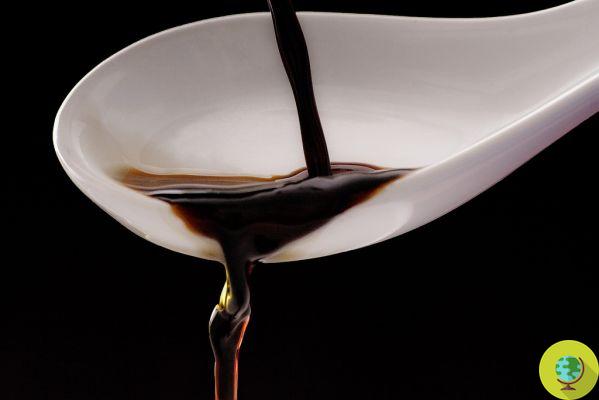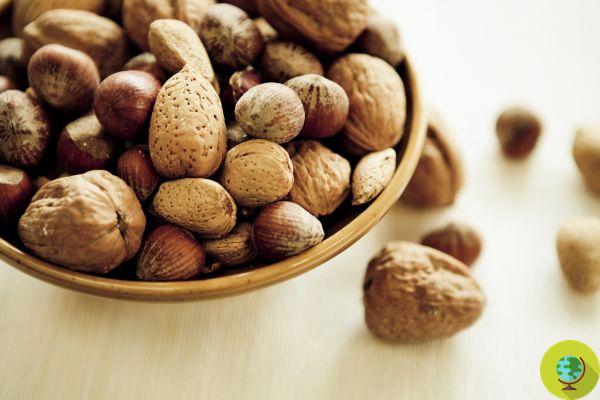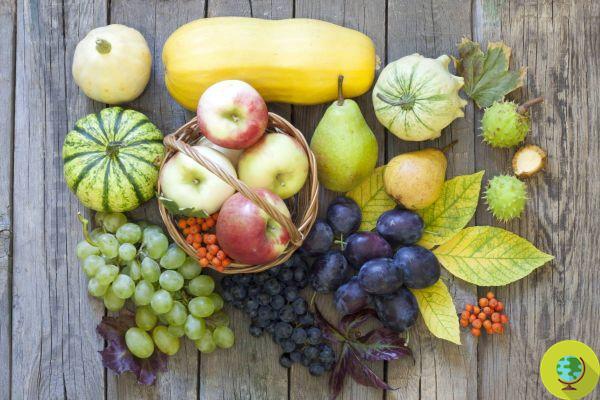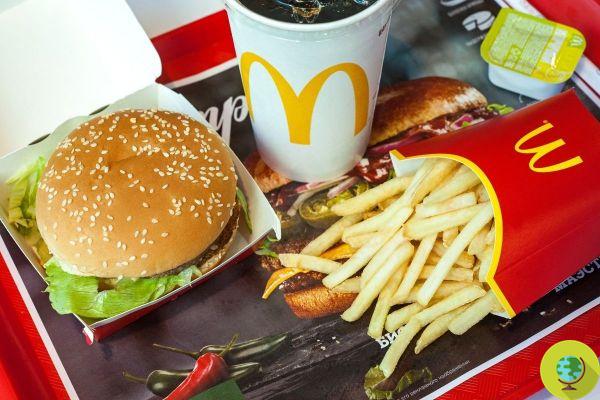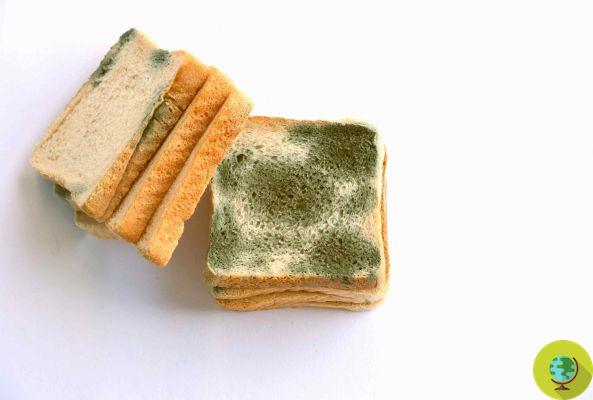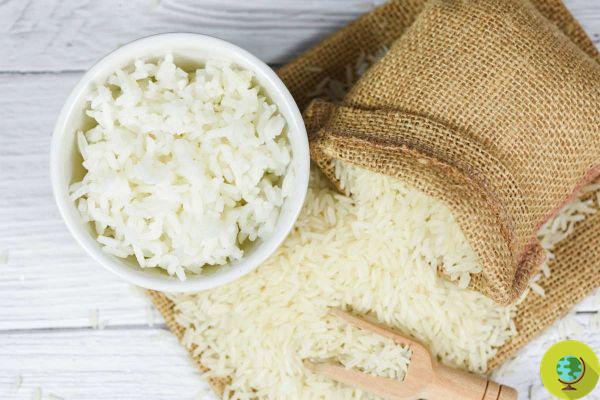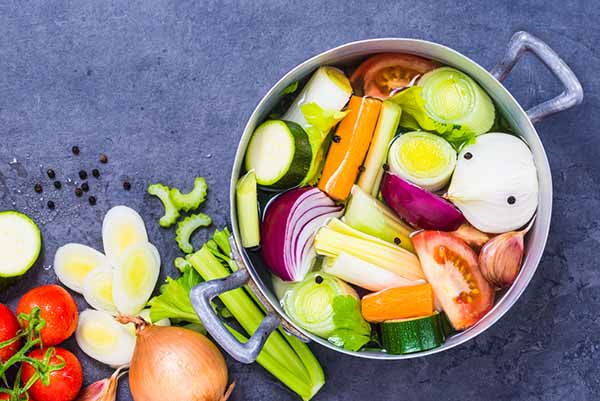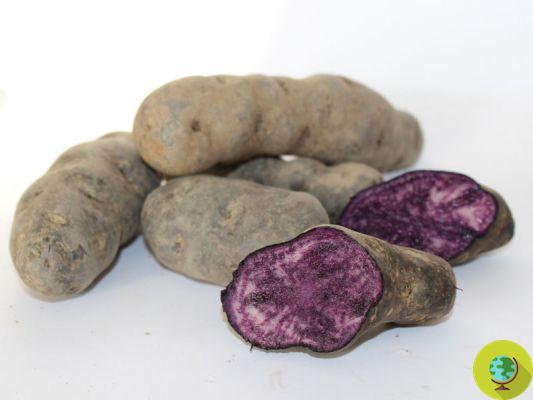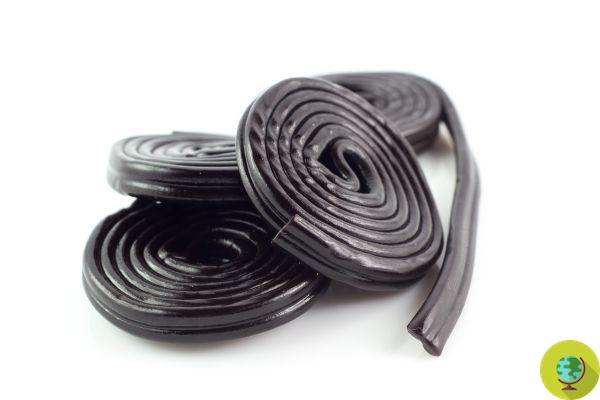Probiotics and prebiotics, what they are and where to find them. Probiotics and prebiotics, what are the differences and in which foods can we find them? Many of you will have heard of probiotics as live enzymes contained in yogurt and able to guarantee the well-being of the intestine. This is one of the most common slogans in many commercials. In fact, it is true that probiotics promote better digestion.
Don't store avocado like this: it's dangerous
probiotics e prebiotics, what are the differences and in which foods can we find them? Many of you may have heard of acting probiotics live lactic ferments contained in the yogurt and able to guarantee the well-being ofintestine. This is one of the most common slogans in many commercials. In fact, it is true that probiotics promote better digestion.
What is not talked about enough is the fact that, like all living organisms, probiotics need nourishment. This role is played by prebiotics. So let's try to explore the world of probiotics and prebiotics, to understand how these two elements are related.
Index
probiotics-and-prebiotics-what-are-the-differences-">Probiotics and Prebiotics: what are the differences?
probiotics
Probiotics are live organisms that, when administered in adequate quantities, bring different health benefits. Probiotics is the term most people are most familiar with. Those who make yogurt, kefir or kombucha at home will know better about probiotics. When we take probiotics and the foods that contain them, our intestines are colonized by beneficial bacteria. Many people consume probiotics since disease, pollutants, industrial food, and stress can all cause one imbalance of the intestinal flora.
READ also: Kefir: all the health benefits. Here's how to prepare it
The benefits of Probiotics
In addition to promoting the intestinal well-being, probiotics support digestion and offer numerous long-term health benefits, including for children and their development. Probiotics are often recommended in case of inflammation of the intestine. Oral and upper digestive health can also benefit from taking probiotics. Probiotics are usually recommended during or after one antibiotic therapy per rebalance the intestine, as these medicines do not distinguish between good and harmful bacteria in their destructive action. According to some studies, probiotics can help reduce intestinal transit times and ensure greater regularity.
Sources of Probiotics
Among the best known probiotics we find the lactobacilli and bifidus-bacteria. Probiotics are present in fermented foods as it is yogurt, kefir, sauerkraut, miso, tempeh, kombucha, fermented cheeses and buttermilk, but also mother pasta. Furthermore, probiotics are present in specific supplements pharmaceutical and herbal medicines, better known as "probiotics".
However, it is important to know how to choose the lactic ferments on the basis of the most suitable bacterial strain. Examples of strains with activity documented with clinical studies are Lactobacilli.
Prebiotics
Prebiotics, unlike probiotics, are not live organisms. In fact, prebiotics represent the nourishment of probiotics and stimulate its activity in the gastrointestinal tract. Probiotics, to strengthen themselves, need the prebiotics that are contained, for example, in moles high fiber foods. Prebiotics help the colonies of probiotics present in the body to survive and contribute to the maintenance of the general well-being of the organism.
READ also: 7 Foods Surprisingly High in Fiber
The benefits of Prebiotics
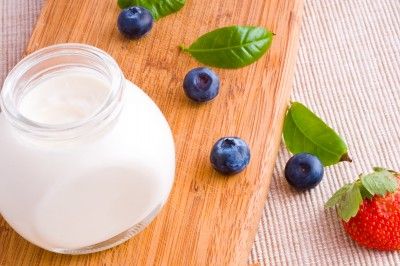
Among the benefits associated with prebiotics we find support for metabolism, the improvement of the absorption of mineral salts and the use of Vitamins and the promotion of the activity of the immune system. In addition, prebiotics may be useful in encouraging the maintenance of normal blood sugar levels. In any case, prebiotics would act differently from one individual to another and based on each individual's intestinal health. In case of irritable bowel syndrome, for example, the intake of the most suitable foods - which may contain prebiotics or probiotics - should always be evaluated and indicated by the doctor, based on the symptoms and conditions of the individual patient. The goal, in this case, is to act for rto bring the intestine into a state of harmony.
Sources of Prebiotics
Prebiotics mainly derive from vegetable fibres, Such as'inulin. Some yogurts advertised as probiotics may contain inulin as a prebiotic and live active cultures (probiotics). Between sources of prebiotics we find plant foods rich in fiber such as asparagus, legumes, oats, garlic, dandelions and dried fruit, with particular reference to nights.
Marta Albè
Read also:
Fermented foods: natural probiotic supplements
Homemade yogurt: good, ecological and dietary
Kefir: all the health benefits. Here's how to prepare it
Kombucha tea: properties, preparation and where to find it




